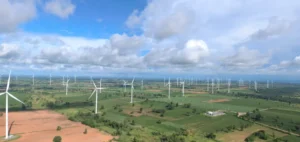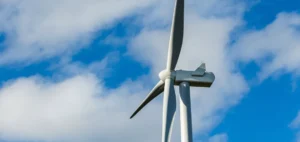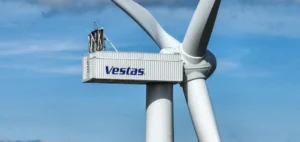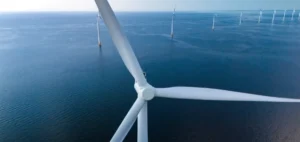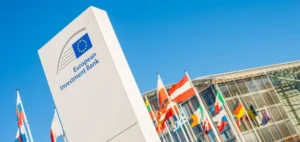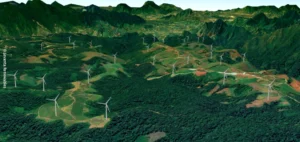Ørsted, a global leader in offshore wind energy, is adjusting its strategy after a challenging year marked by financial setbacks and significant impairments. In 2024, the Danish company posted a net profit of 16 million kroner (€2.1 million), contrasting with the loss of more than 20 million kroner recorded the previous year. However, future prospects remain uncertain, particularly due to tensions surrounding its U.S. projects.
Investment program reduction
In response to its challenges, Ørsted has announced a reduction in its investment program, initially planned at 270 billion kroner for the period up to 2030. The revised budget will now range between 210 and 230 billion kroner. This decision comes amid rising costs and unfavorable market conditions, exacerbated by high interest rates that have impacted the profitability of several projects.
Impact of U.S. projects and financial constraints
Accounting impairments, which totaled over €2 billion in 2024, are primarily linked to cost overruns and delays affecting certain offshore projects in the United States. Revolution Wind and Sunrise Wind, two key developments for the company, face supply chain disruptions and construction-related expenses. In January, Ørsted had already reported €1.6 billion in losses attributed to these factors.
Political uncertainty in the U.S. adds further pressure on offshore wind energy players. With Donald Trump’s return to the presidency, projects that have not yet received approval have been frozen, complicating the industry’s growth prospects. This situation limits economies of scale and slows the momentum of new investments.
Growth objectives and adaptation strategy
Despite these obstacles, Ørsted maintains an installed capacity of 31.0 GW, with 18.2 GW already operational. The remaining capacity is divided between projects under construction (7.6 GW) and those that have been awarded (5.2 GW). The company also holds significant development pipelines of 19 GW in offshore wind and 16 GW in onshore wind.
To strengthen its financial position, Ørsted is relying on strategic partnerships and asset divestments. In 2024, completed transactions generated €2.9 billion, with a target of between €9.4 billion and €10.7 billion by 2026. These measures aim to stabilize the company’s position and optimize resources to navigate market uncertainties.












